Prabadevi B
Generative Pre-trained Transformer: A Comprehensive Review on Enabling Technologies, Potential Applications, Emerging Challenges, and Future Directions
May 21, 2023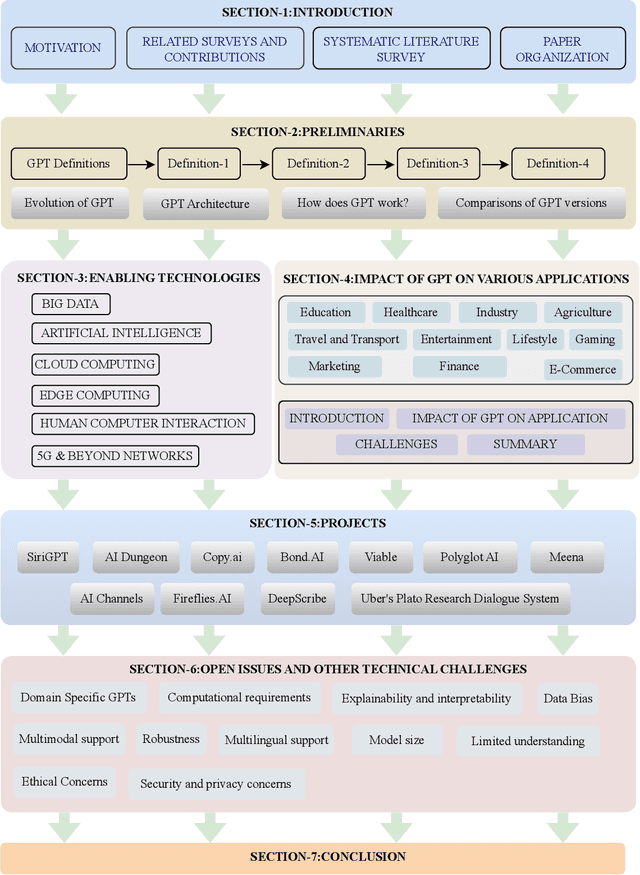
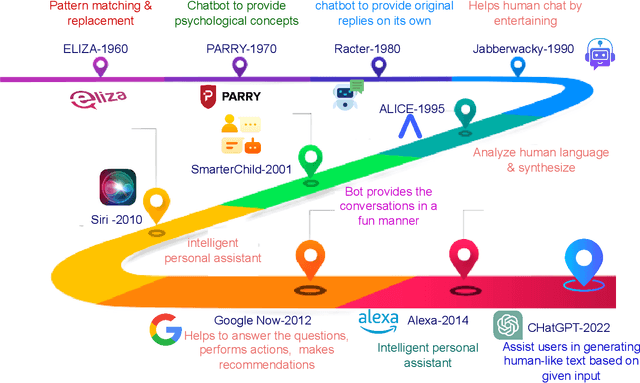
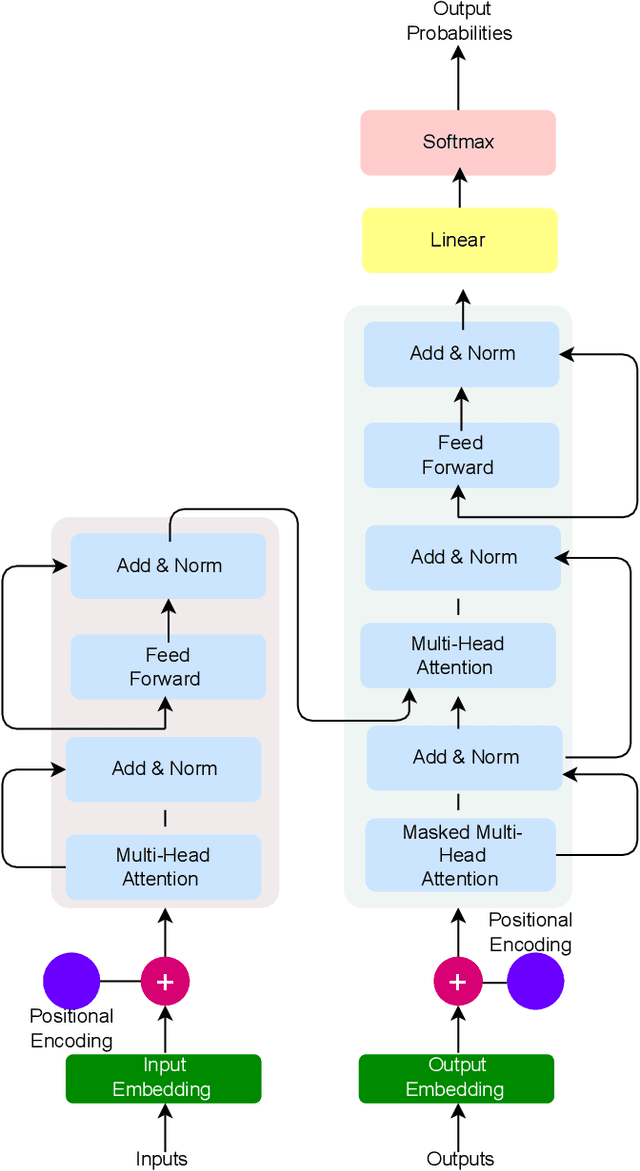
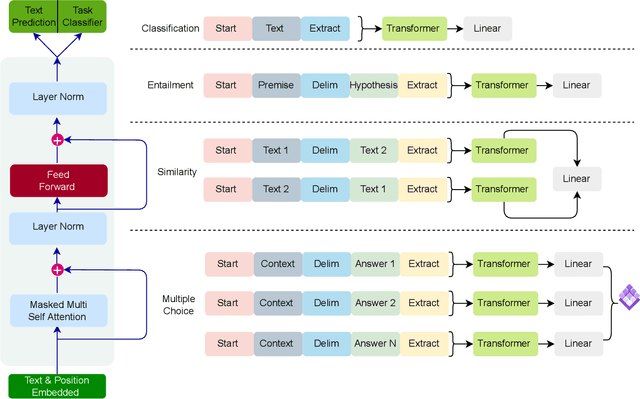
Abstract:The Generative Pre-trained Transformer (GPT) represents a notable breakthrough in the domain of natural language processing, which is propelling us toward the development of machines that can understand and communicate using language in a manner that closely resembles that of humans. GPT is based on the transformer architecture, a deep neural network designed for natural language processing tasks. Due to their impressive performance on natural language processing tasks and ability to effectively converse, GPT have gained significant popularity among researchers and industrial communities, making them one of the most widely used and effective models in natural language processing and related fields, which motivated to conduct this review. This review provides a detailed overview of the GPT, including its architecture, working process, training procedures, enabling technologies, and its impact on various applications. In this review, we also explored the potential challenges and limitations of a GPT. Furthermore, we discuss potential solutions and future directions. Overall, this paper aims to provide a comprehensive understanding of GPT, enabling technologies, their impact on various applications, emerging challenges, and potential solutions.
Toward Blockchain for Edge-of-Things: A New Paradigm, Opportunities, and Future Directions
Apr 27, 2021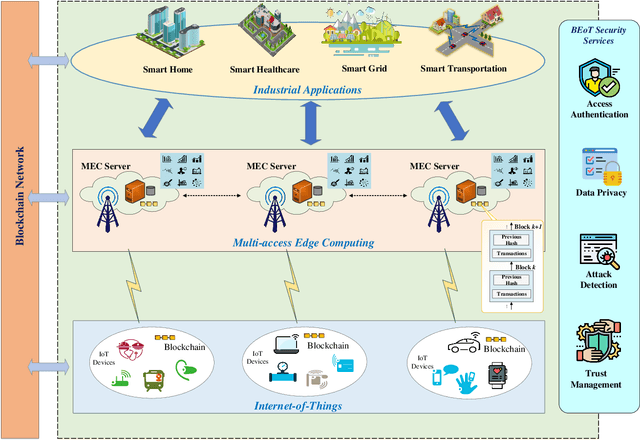


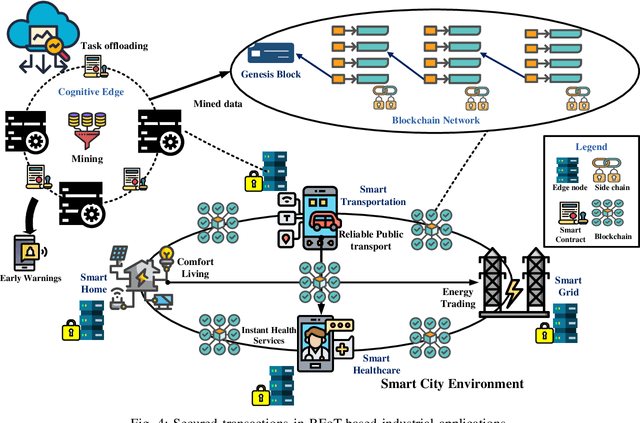
Abstract:Blockchain is gaining momentum as a promising technology for many application domains, one of them being the Edge-of- Things (EoT) that is enabled by the integration of edge computing and the Internet-of-Things (IoT). Particularly, the amalgamation of blockchain and EoT leads to a new paradigm, called blockchain enabled EoT (BEoT) that is crucial for enabling future low-latency and high-security services and applications. This article envisions a novel BEoT architecture for supporting industrial applications under the management of blockchain at the network edge in a wide range of IoT use cases such as smart home, smart healthcare, smart grid, and smart transportation. The potentials of BEoT in providing security services are also explored, including access authentication, data privacy preservation, attack detection, and trust management. Finally, we point out some key research challenges and future directions in this emerging area.
Deep Learning for Intelligent Demand Response and Smart Grids: A Comprehensive Survey
Jan 20, 2021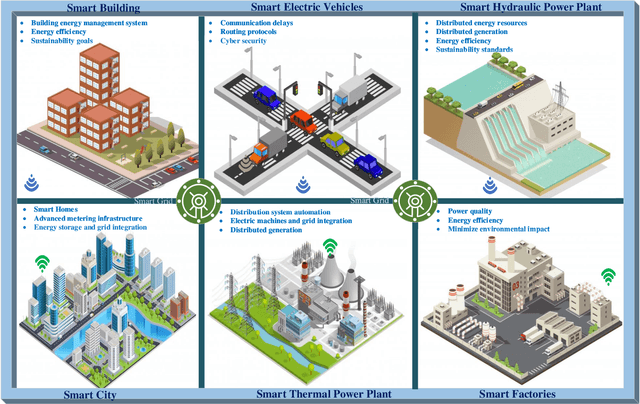
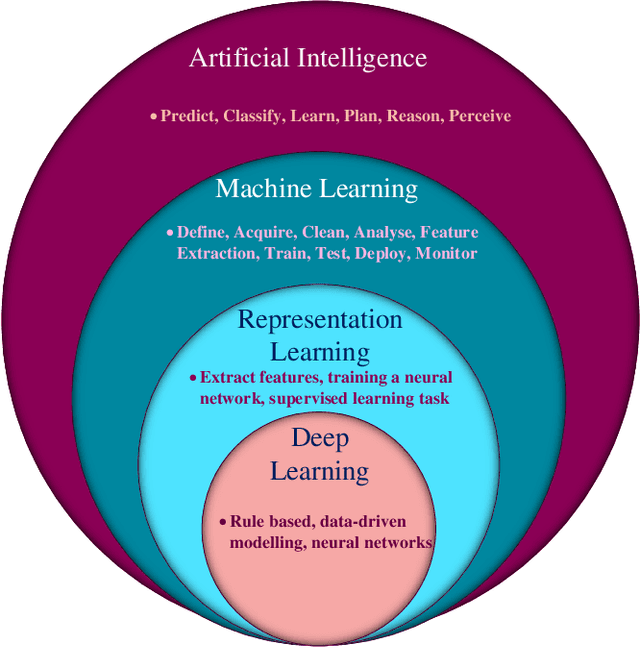
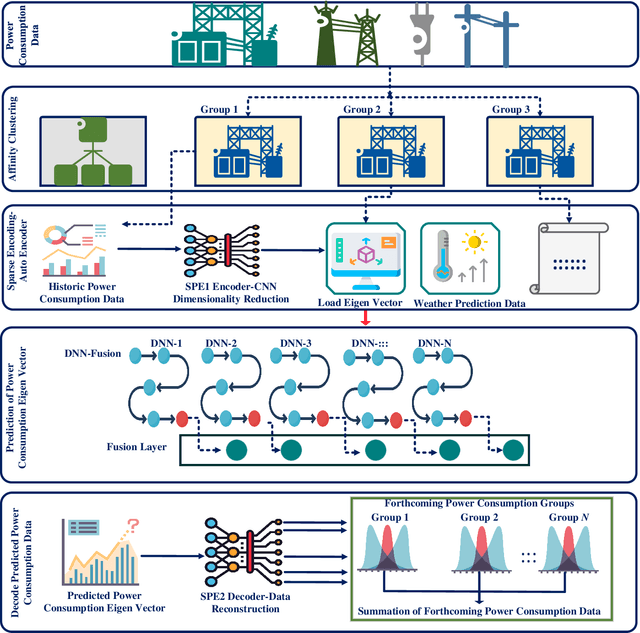
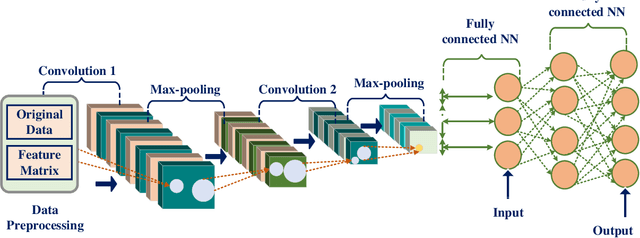
Abstract:Electricity is one of the mandatory commodities for mankind today. To address challenges and issues in the transmission of electricity through the traditional grid, the concepts of smart grids and demand response have been developed. In such systems, a large amount of data is generated daily from various sources such as power generation (e.g., wind turbines), transmission and distribution (microgrids and fault detectors), load management (smart meters and smart electric appliances). Thanks to recent advancements in big data and computing technologies, Deep Learning (DL) can be leveraged to learn the patterns from the generated data and predict the demand for electricity and peak hours. Motivated by the advantages of deep learning in smart grids, this paper sets to provide a comprehensive survey on the application of DL for intelligent smart grids and demand response. Firstly, we present the fundamental of DL, smart grids, demand response, and the motivation behind the use of DL. Secondly, we review the state-of-the-art applications of DL in smart grids and demand response, including electric load forecasting, state estimation, energy theft detection, energy sharing and trading. Furthermore, we illustrate the practicality of DL via various use cases and projects. Finally, we highlight the challenges presented in existing research works and highlight important issues and potential directions in the use of DL for smart grids and demand response.
Multiclass Model for Agriculture development using Multivariate Statistical method
Oct 07, 2020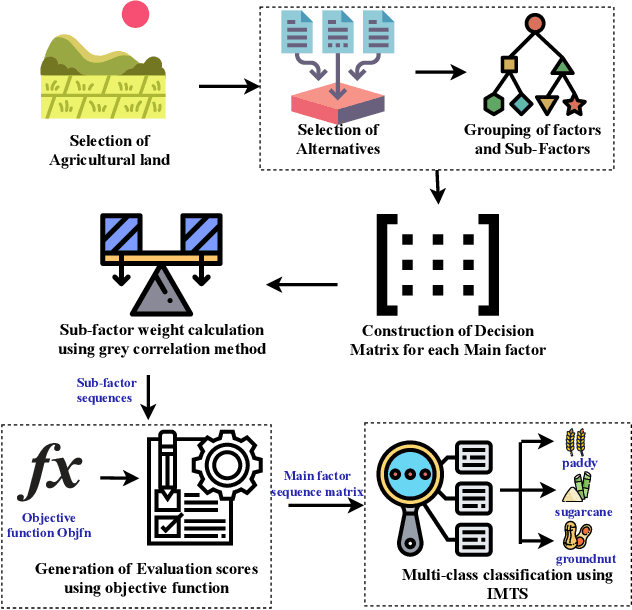

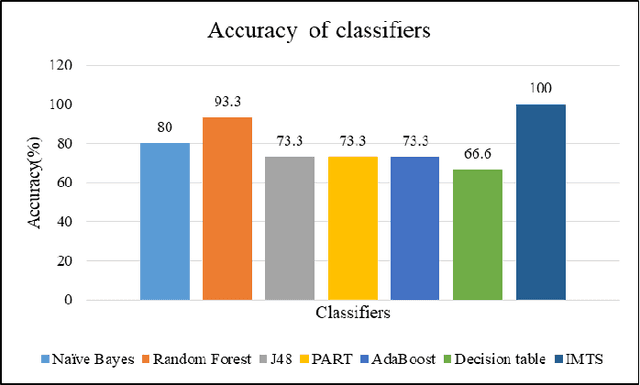

Abstract:Mahalanobis taguchi system (MTS) is a multi-variate statistical method extensively used for feature selection and binary classification problems. The calculation of orthogonal array and signal-to-noise ratio in MTS makes the algorithm complicated when more number of factors are involved in the classification problem. Also the decision is based on the accuracy of normal and abnormal observations of the dataset. In this paper, a multiclass model using Improved Mahalanobis Taguchi System (IMTS) is proposed based on normal observations and Mahalanobis distance for agriculture development. Twenty-six input factors relevant to crop cultivation have been identified and clustered into six main factors for the development of the model. The multiclass model is developed with the consideration of the relative importance of the factors. An objective function is defined for the classification of three crops, namely paddy, sugarcane and groundnut. The classification results are verified against the results obtained from the agriculture experts working in the field. The proposed classifier provides 100% accuracy, recall, precision and 0% error rate when compared with other traditional classifier models.
 Add to Chrome
Add to Chrome Add to Firefox
Add to Firefox Add to Edge
Add to Edge